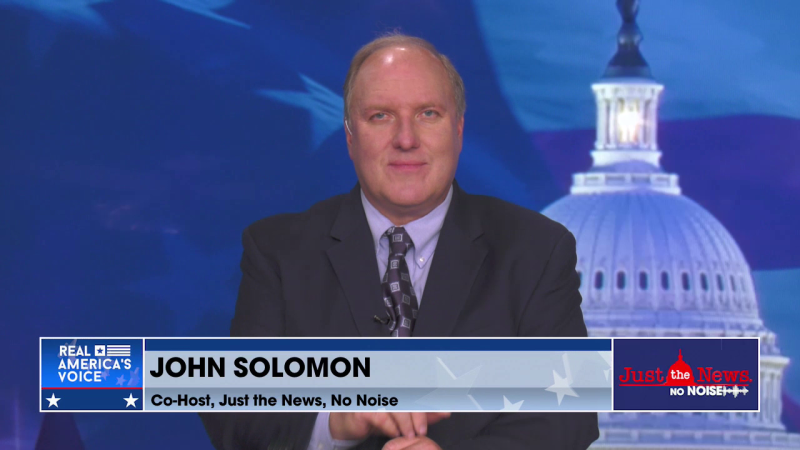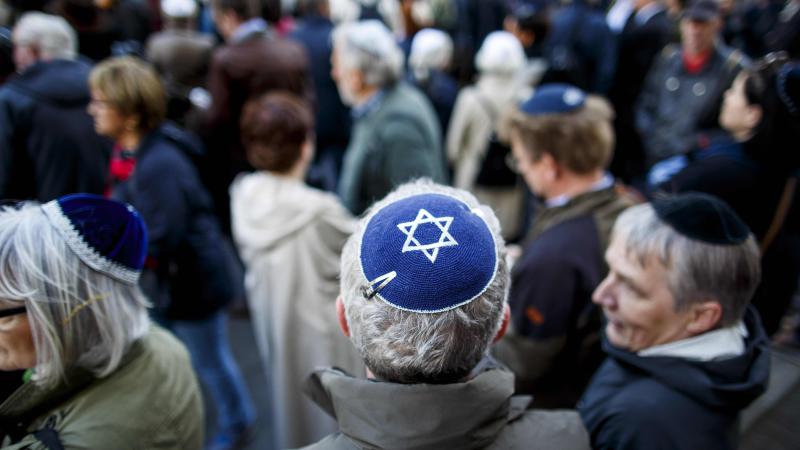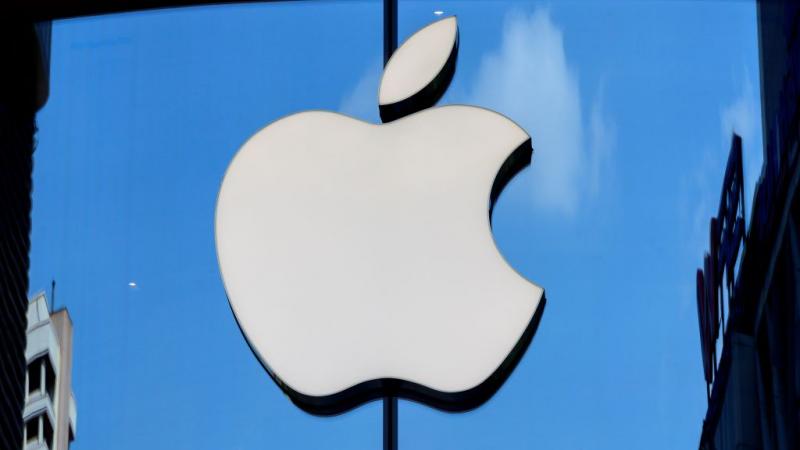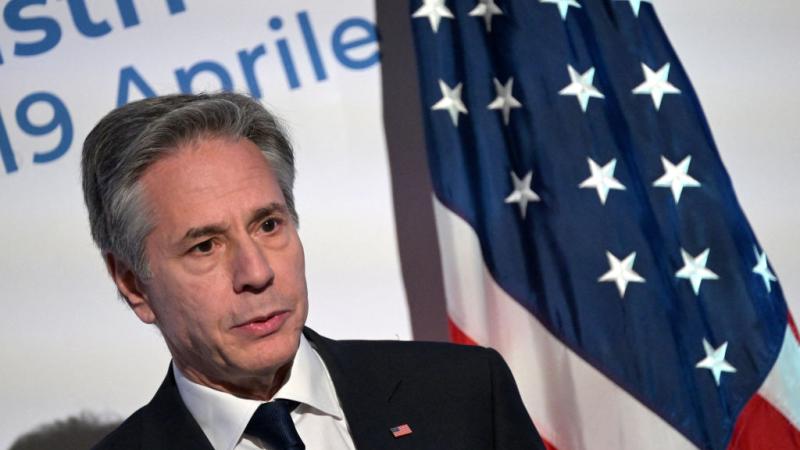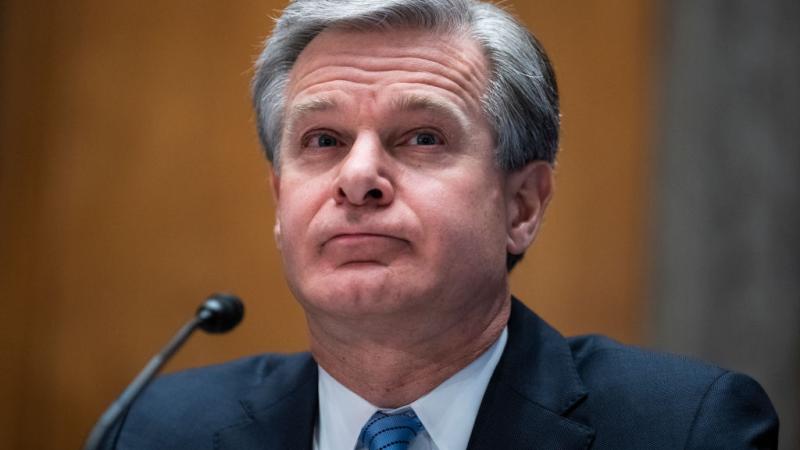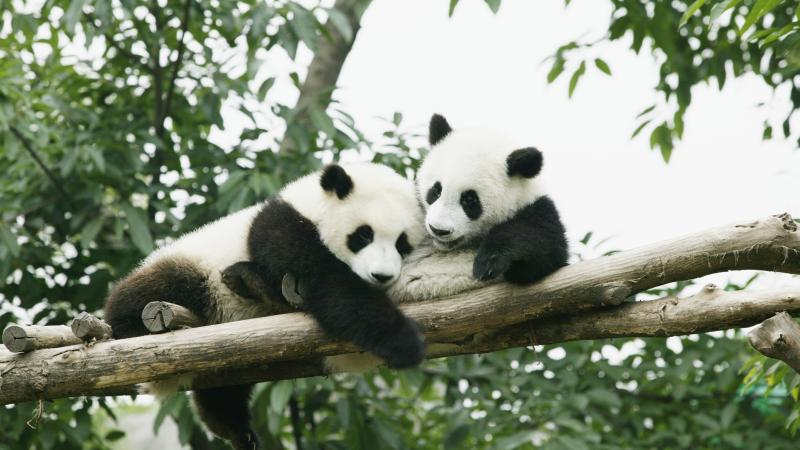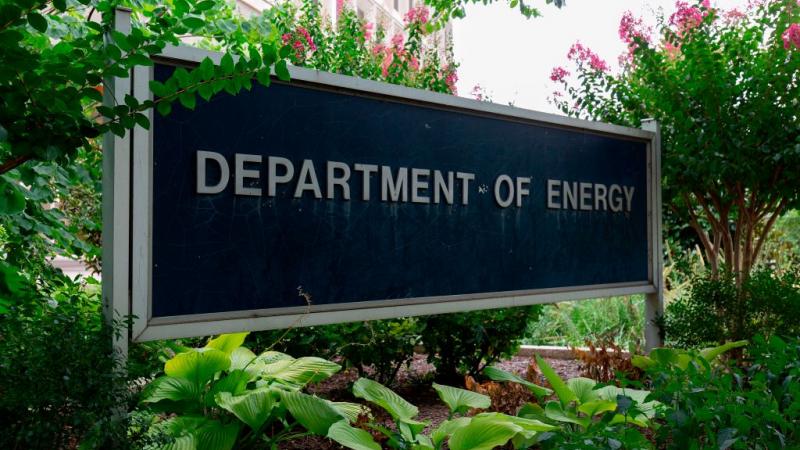Amid growing doubt about COVID origins, WHO chief says Wuhan lab-leak theory 'on the table'
WHO investigative team spent just one day at suspect Chinese research facility.
Global leaders and science experts have continued to question the results of a World Health Organization investigation into the origins of the SARS-Cov-2 pandemic, with even the WHO director himself signaling that although investigators dismissed the theory that the virus originally leaked from a Chinese state-run lab, the hypothesis "requires further investigation."
That theory is based largely on geographical proximity: The Wuhan Institute of Virology, a lab known for studying potential pandemic coronaviruses, sits just a few miles from the open-air market at which the first significant outbreak of COVID-19 was identified.
A WHO investigation concluded earlier this year that it was "extremely unlikely" that the virus had leaked from that laboratory, but questions have swirled around the efficacy of the probe itself. The international team conducting it wasn't allowed into China until more than a year after the virus first arose there. China's communist government is notoriously secretive and known for coverups (Beijing has even been accused of covering up the early extent of the pandemic). And it’s unclear to what extent the team was allowed to investigate the Wuhan lab at the center of the controversy.
Dominic Dwyer, an infectious disease professor at the University of Sydney and a member of the investigative team, shed some light on the team's inquiry late last month during a press conference announcing their findings.
"We did have the opportunity to discuss a number of issues with the laboratory," he said. "For example, what were their biosecurity protocols in terms of handling material and also looking after the staff that work in those facilities … We also discussed with them about some of the testing they did on blood that is normally routinely collected from people who work in high-level security laboratories."
"We also had the opportunity to talk to the scientists in the laboratory about the type of work they were doing," Dwyer added.
He said the team was "satisfied that there was no obvious evidence of a problem," though he noted that the team had not conducted a "true forensic examination of a laboratory," which he deemed a "much more complex process" than what the team had conducted.
More than a dozen countries skeptical of WHO findings
Dwyer and several other members of the team did not respond to queries seeking a more thorough rundown of the team's investigations and level of access granted to them at the lab.
The team's report, released last month and billed as a "joint WHO-China study," is similarly inconclusive as to how investigations were carried out. It states that the WIV and two other labs in the area "all had high quality biosafety level (BSL3 or 4) facilities that were well-managed," as well as "a staff health monitoring programme with no reporting of COVID-19 compatible respiratory illness during the weeks/months prior to December 2019, and no serological evidence of infection in workers through SARS-CoV-2-specific serology-screening."
A supplementary rundown of the team's investigations at the lab indicates that the team spent just one day at the Wuhan Institute of Virology. The rundown discusses the possibility of a lab-leak origin under a header titled "conspiracy theories."
Much of the information the team collected seems to have come from conversations with lab officials, who pointed to the lack of positive COVID tests among staff as well as no COVID antibodies suggesting previous infections.
"With regard to whether a laboratory audit had been done in response to conspiracy accusations, it was stated that annual external audits were conducted routinely,” the supplement says. "No problems had been identified."
The team's findings were met with skepticism from the leaders of multiple major countries. In a joint statement, over a dozen countries, including the U.S., Japan, Australia, Korea and the U.K., indicated dissatisfaction with the team's approach.
"Together, we support a transparent and independent analysis and evaluation, free from interference and undue influence, of the origins of the COVID-19 pandemic," the countries said. "In this regard, we join in expressing shared concerns regarding the recent WHO-convened study in China."
The study itself, the countries said, "was significantly delayed and lacked access to complete, original data and samples. Scientific missions like these should be able to do their work under conditions that produce independent and objective recommendations and findings."
At the World Health Organization itself, meanwhile, the group's director Tedros Adhanom Ghebreyesus on Mar. 30 bluntly stated that the team's investigation "was [not] extensive enough."
"Further data and studies will be needed to reach more robust conclusions," Ghebreyesus said. "Although the team has concluded that a laboratory leak is the least likely hypothesis, this requires further investigation, potentially with additional missions involving specialist experts, which I am ready to deploy."
Whether or not a further investigation is any success will likely depend in large part on whether or not international investigators are able to successfully gain access to critical data and facilities within China itself. Ghebreyesus has said several times that "all hypotheses remain on the table."
"We have not yet found the source of the virus, and we must continue to follow the science and leave no stone unturned as we do," he said last month.


